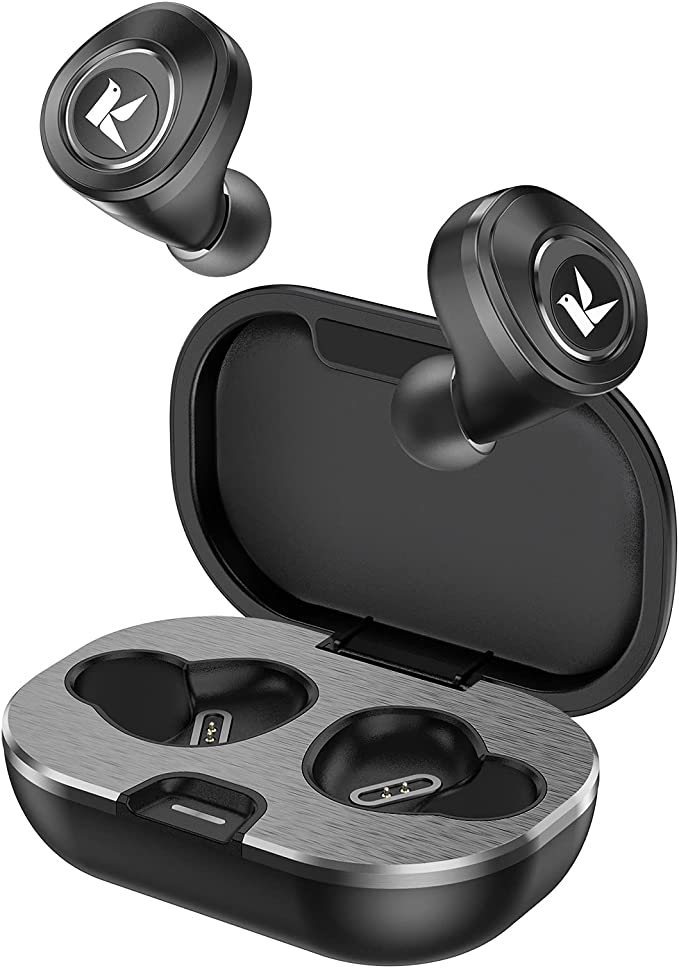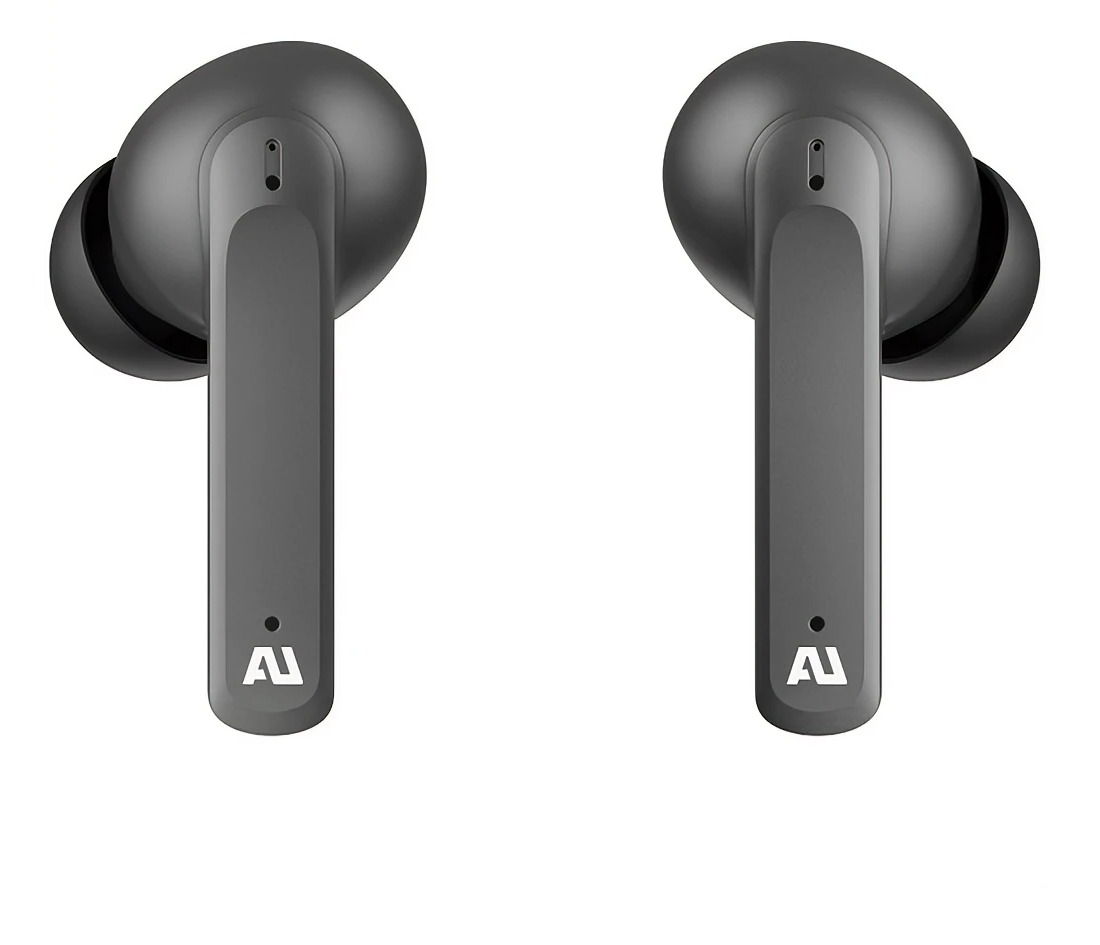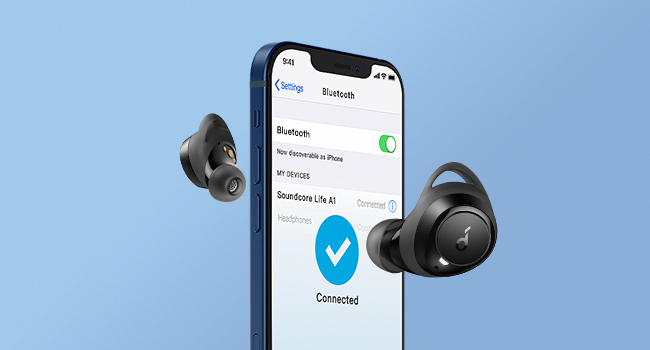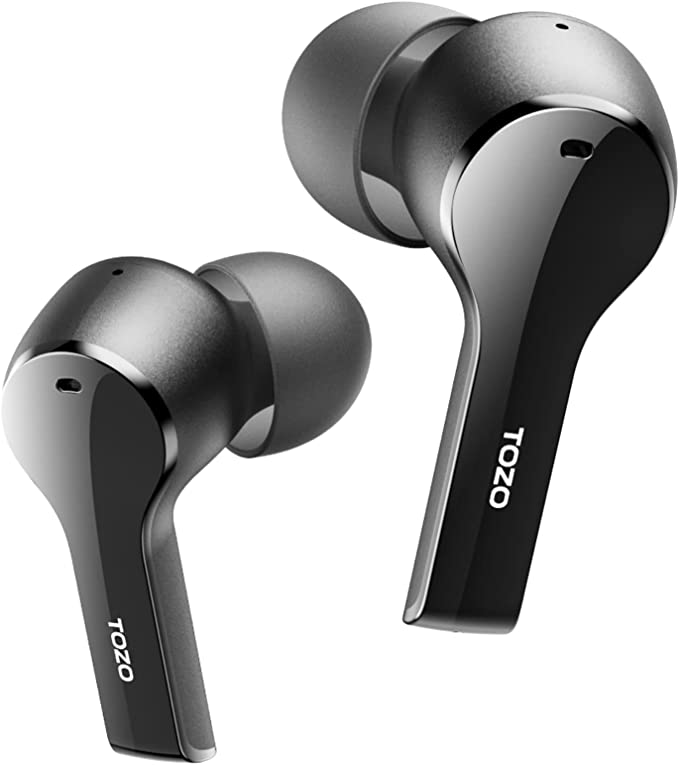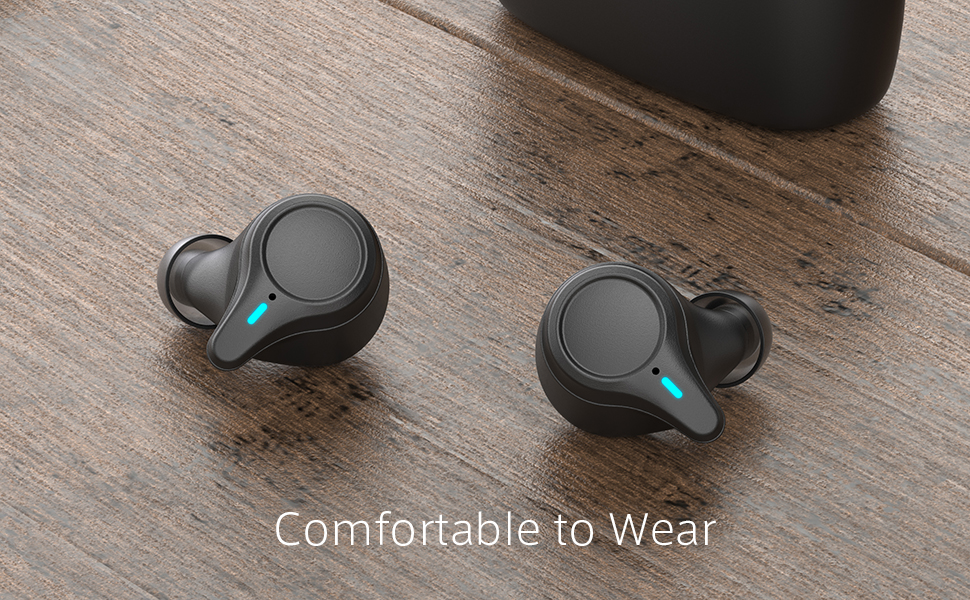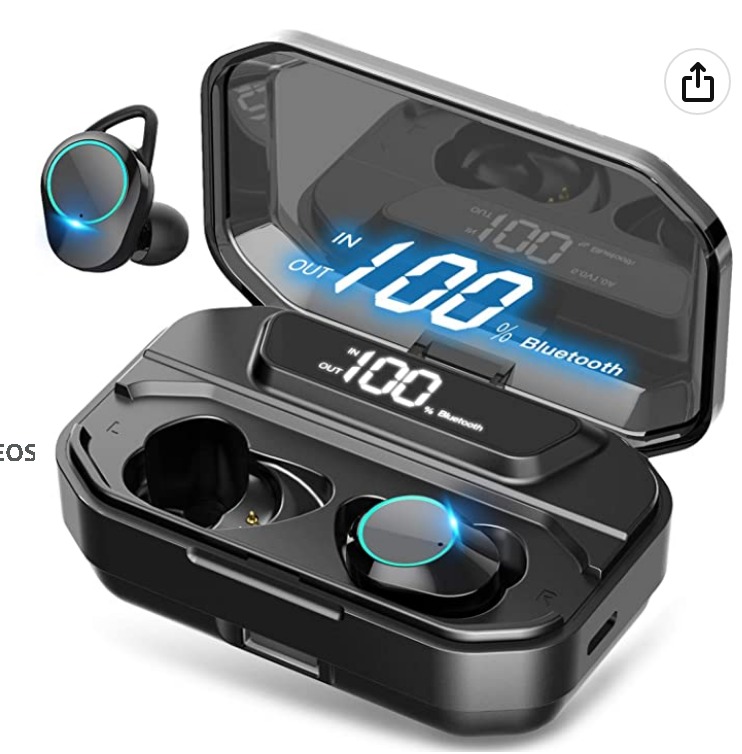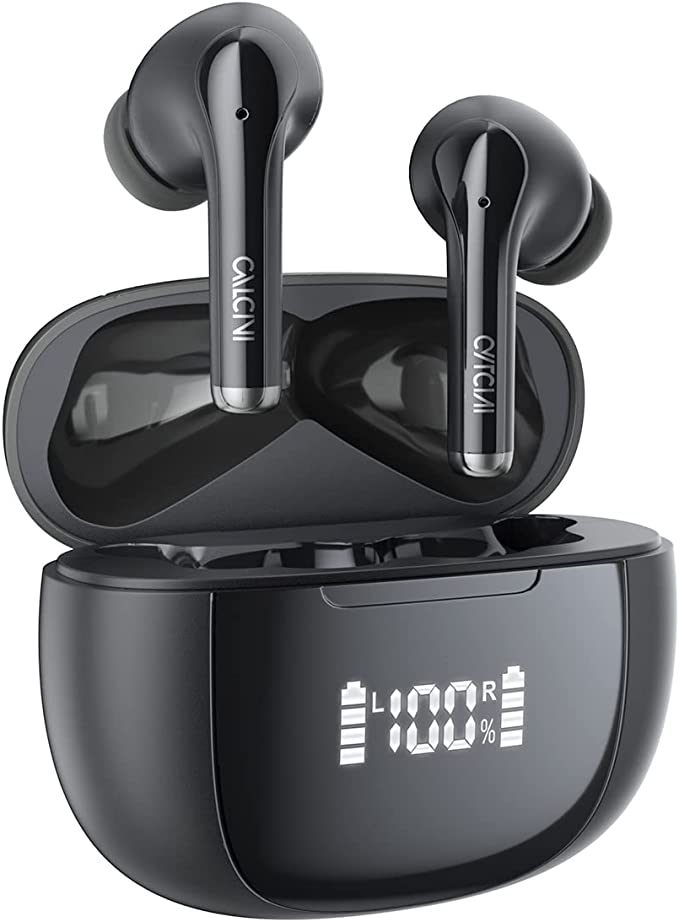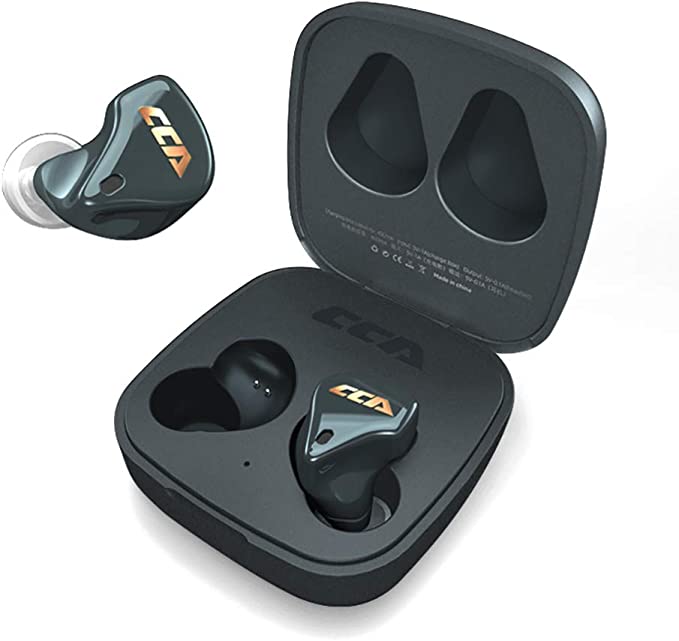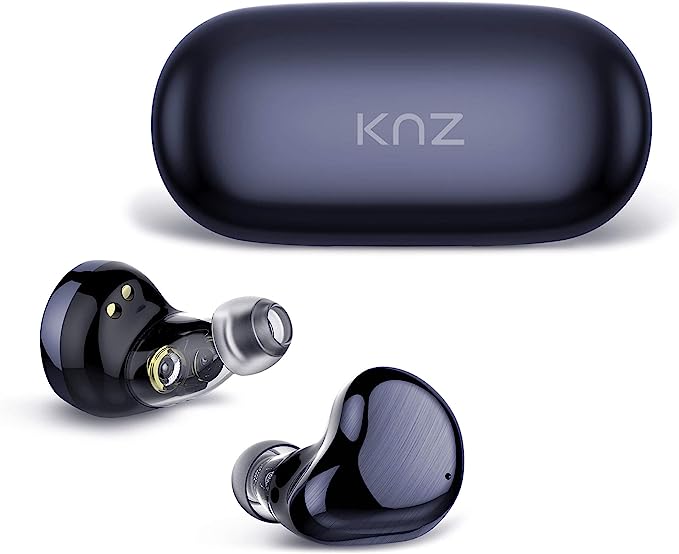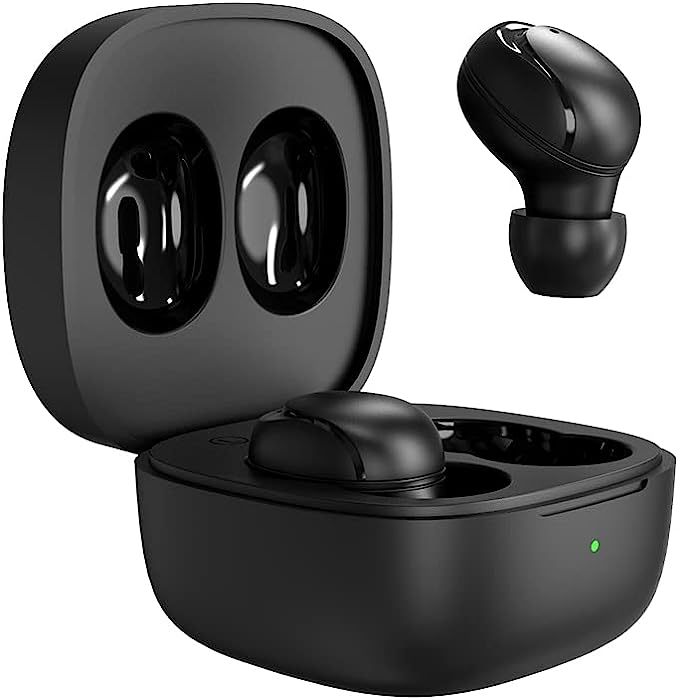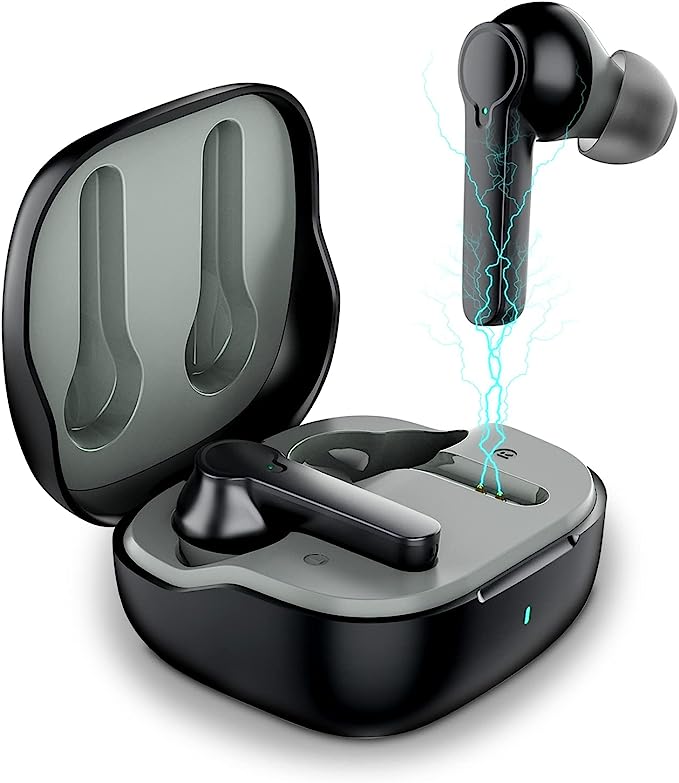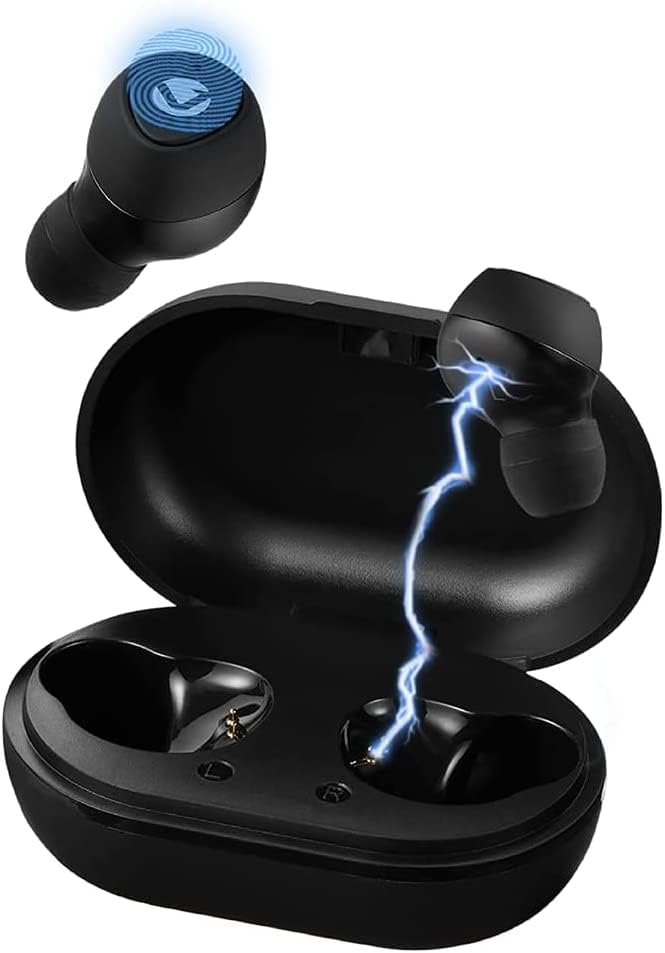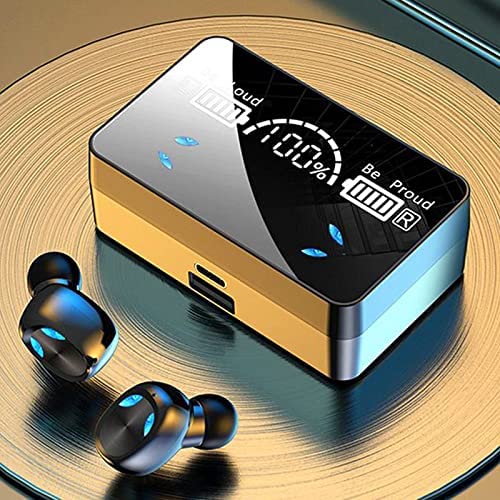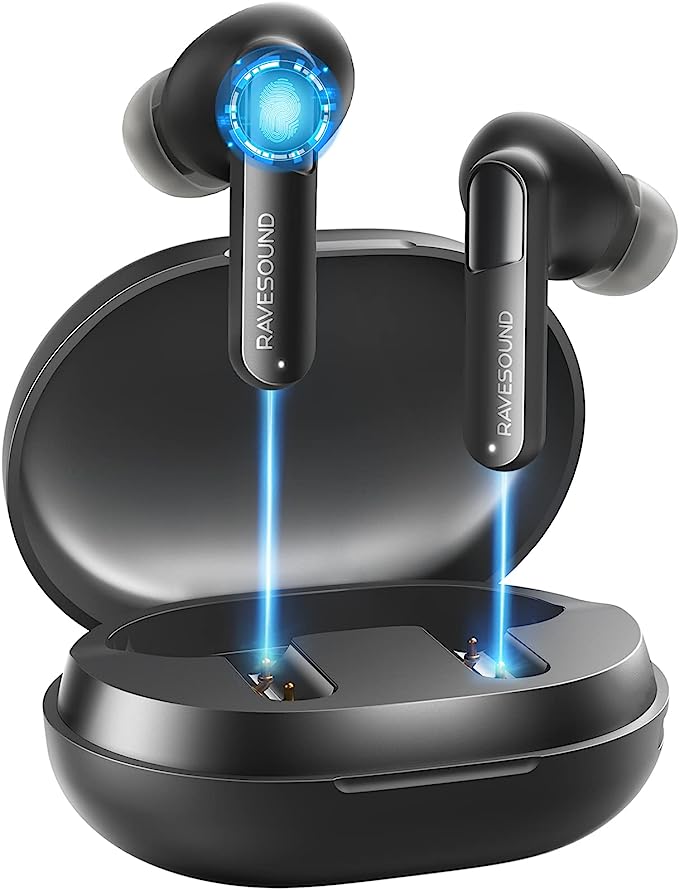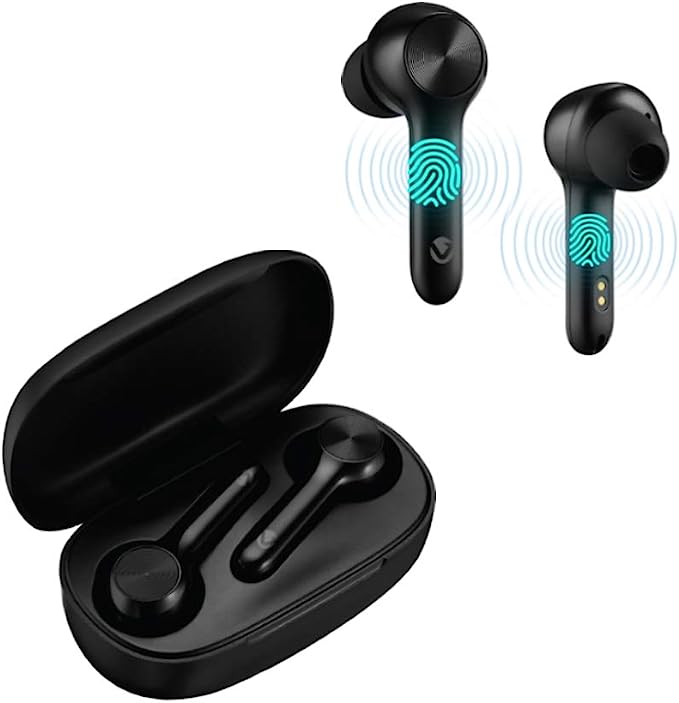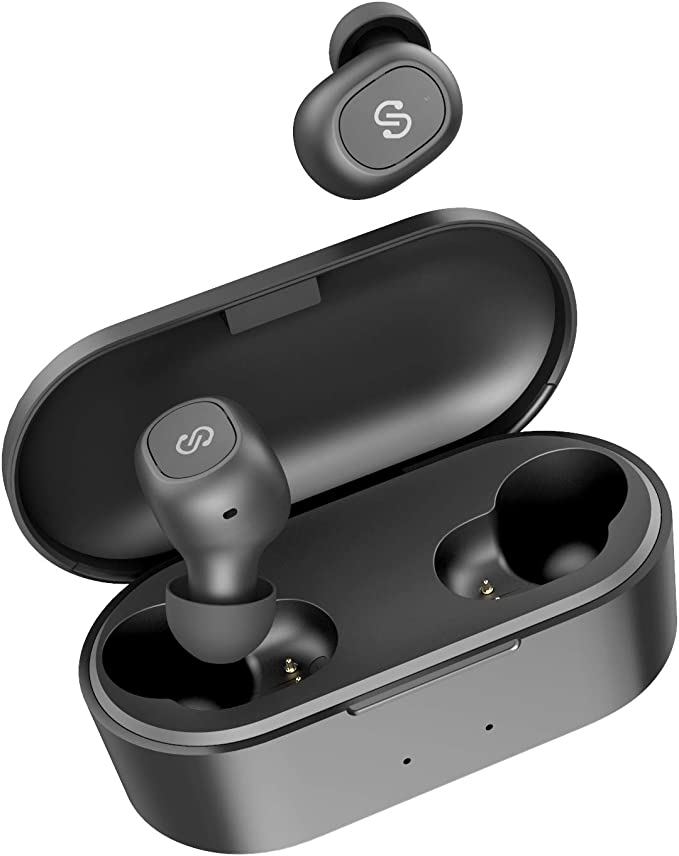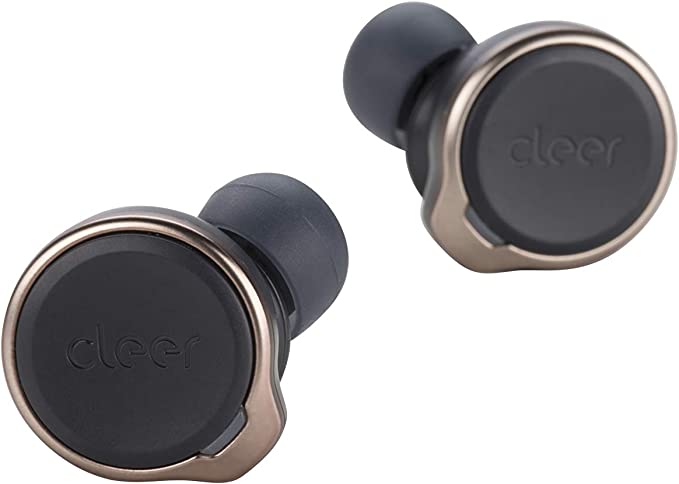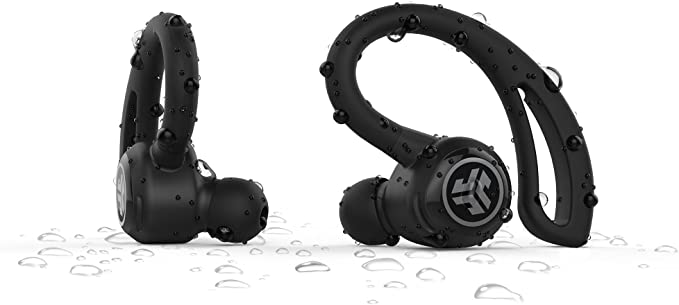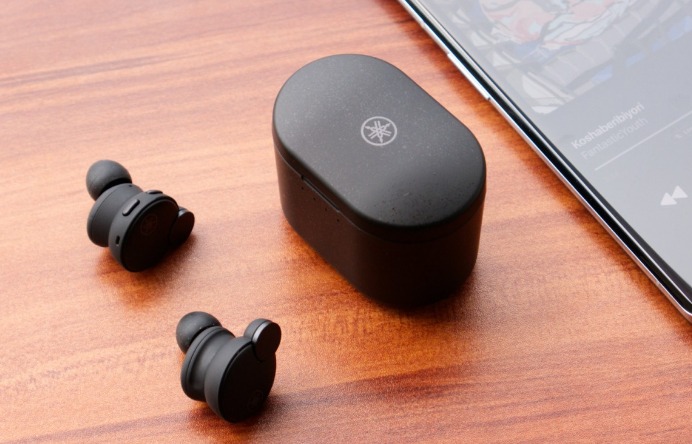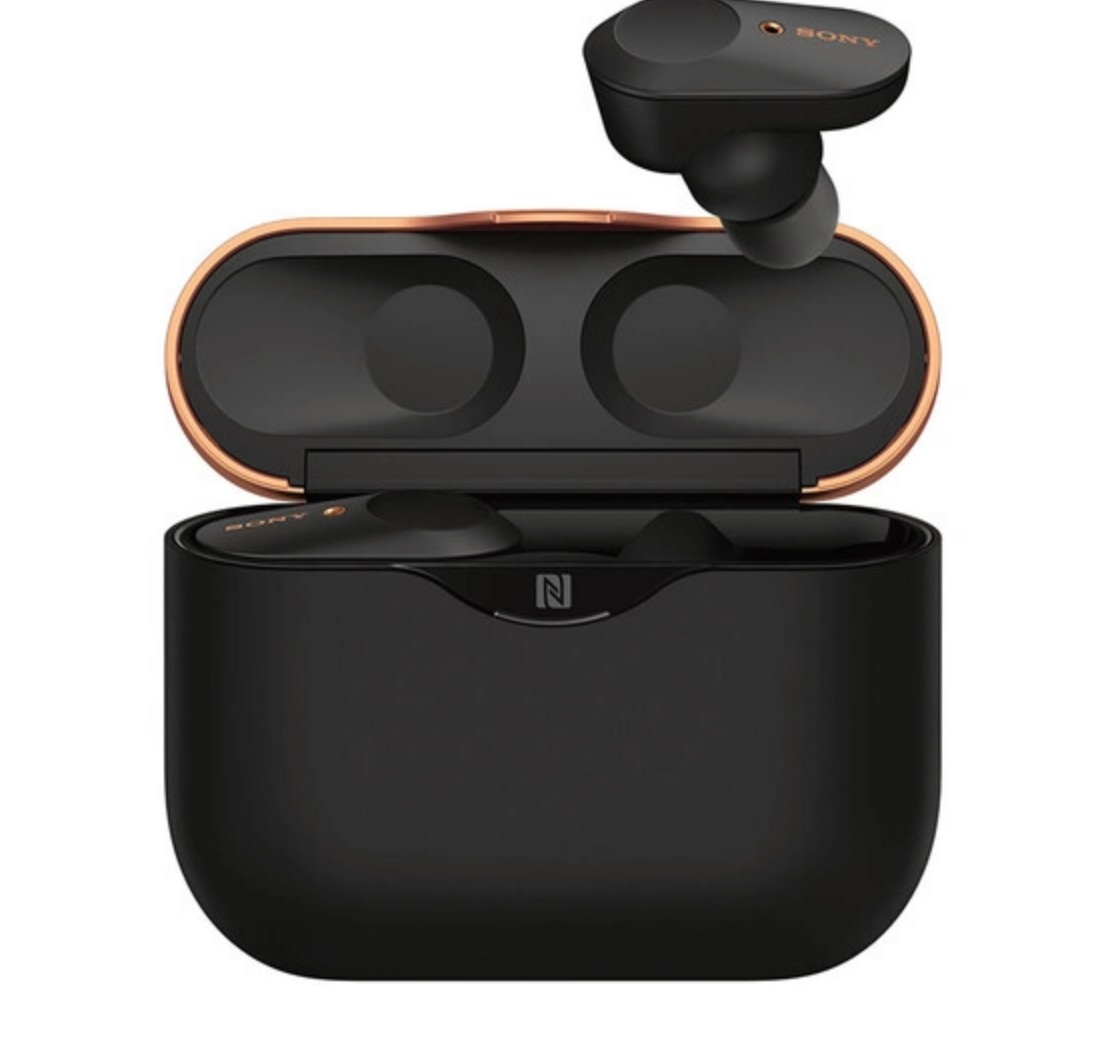KOSETON E9 True Wireless Earbuds: A Budget-Friendly Option with Great Battery Life and Sound
Update on June 28, 2025, 12:20 p.m.
Scroll through any online marketplace for “wireless earbuds,” and you’ll fall into a rabbit hole of bewildering choice. Amidst the household names, there are thousands of unfamiliar brands, each promising wireless freedom and great sound. And then you see the price. $22.99. A question should immediately form in your mind, one that cuts to the heart of modern technology: how is it possible for a device this complex—containing batteries, radios, speakers, and sophisticated chips—to cost less than a large pizza?
This isn’t a story about a “cheap” product. This is a story about a marvel of optimization. To understand it, we need to perform a virtual teardown. Our subject is the KOSETON E9 True Wireless Earbuds. Let’s pry this thing open, shall we?

The Outer Shell: A Monument to Modern Chemistry
The first thing we touch is the plastic case and the earbuds themselves. It feels light yet sturdy. This material is likely an ABS (Acrylonitrile Butadiene Styrene) or Polycarbonate (PC) blend, the unsung hero of virtually every piece of consumer electronics you own. Its properties are a minor miracle of materials science: it’s durable enough to survive a drop from your pocket, light enough not to be a burden, and, most importantly, it can be injection-molded with incredible precision.
This process allows for the creation of complex, interlocking shapes that snap together perfectly, minimizing the need for screws or adhesives. The smooth finish, the precise cutouts for charging ports, the satisfying click of the lid—all are testaments to the mastery of polymer chemistry. This humble plastic shell is the first, and perhaps most overlooked, step in the quest for affordability.

The Power Core: A Pocketful of Tamed Fire
Crack open the case and you’ll find the power source. This is not your grandfather’s AA battery. Inside is a small, flat, silver pouch: a Lithium-Polymer (Li-Po) battery. The science behind this component is so revolutionary that its pioneers were awarded the 2019 Nobel Prize in Chemistry.
Here’s the simple version: imagine two special sponges (the anode and cathode) that love to hold onto tiny charged particles called lithium ions. When you charge the case, electricity forces the ions from one sponge to the other. When the earbuds are in use, these ions eagerly travel back, releasing that stored energy. The “polymer” part means the electrolyte separating the sponges is a flexible, gel-like substance, not a sloshing liquid. This allows Li-Po batteries to be shaped into the slim, custom forms needed for tiny devices.
This is the key to the advertised “30 Hours Total Battery Life.” The earbuds themselves might only hold 4-5 hours of charge. The case acts as a mothership, a portable power bank that recharges the buds multiple times. This incredible energy density, born from Nobel-winning science, is what frees us from the wall socket. The journey from the bulky battery packs of the first mobile phones in the 1980s to the minuscule cell in a 5-gram earbud is one of the most profound, yet invisible, technological leaps of our time.

The Wall of Silence: A Crucial Lesson in Physics
The KOSETON E9 product page proudly claims “In-Ear Noise Cancelling.” Before you imagine the serene silence of a high-end headset, we must pause for a critical lesson in physics. Marketing departments love to blur the lines here, but there are two fundamentally different ways to achieve quiet.
First, there is Passive Noise Isolation, and this is what the E9 actually does. It is pure physics. By placing an object in your ear canal, you create a physical barrier—an acoustic seal—that blocks external sound waves from reaching your eardrum. It’s the same principle as wearing earmuffs or cupping your hands over your ears. The effectiveness of this method depends almost entirely on the quality of that seal. This is why the three included sizes of silicone eartips are not a minor accessory; they are the most critical component for this feature. A good fit physically walls you off from a significant amount of ambient noise, particularly high-frequency sounds like chatter and clatter.
Then there is Active Noise Cancellation (ANC), the expensive magic found in premium headphones. ANC is an electronic process. It uses tiny microphones on the outside of the earbud to listen to the world around you. A powerful chip analyzes that incoming sound wave and, in milliseconds, generates a new, perfectly opposite sound wave—an “anti-noise” wave. When the original noise and the anti-noise wave meet at your ear, they cancel each other out in a process called destructive interference. It’s like sending out an “anti-noise” army to fight the invading sound to a perfect, silent standstill. This requires extra microphones, a dedicated processor, and more battery power, all of which add significant cost.
The E9’s engineers made an elegant compromise. By focusing on a good in-ear design and providing multiple tip sizes, they delivered effective noise isolation without the cost of true noise cancellation.

The Audio Chain: Where the Toughest Compromises Are Made
Now, the sound itself. Here, the user reviews tell a fascinating story of engineering priorities: “great sound quality” for music, but it “sucks for calls.” This isn’t a defect; it’s a calculated trade-off revealed by looking at the entire audio chain.
【Chart Suggestion: A simple flowchart showing the audio path: Digital File on Phone → Bluetooth Encoding (Codec) → Wireless Transmission → Earbud Chip (Decoding) → DAC/Amplifier → Speaker Driver → Your Ear.】
The journey of sound from your phone to your brain is fraught with peril, especially in a budget device. The first major bottleneck is the Bluetooth connection itself. Bluetooth was originally designed for data, not high-fidelity audio. To send music wirelessly, the audio must be compressed. The universal, mandatory codec for all Bluetooth audio devices is the SBC (Subband Codec). Think of SBC as the public bus system of audio: it’s universal and it gets you there, but it’s not a private limo. It compresses the audio in a “lossy” way, meaning some data is discarded to save space. While engineers have gotten very good at making SBC sound surprisingly decent, it is a fundamental quality ceiling.
The second compromise explains the call quality issue. The tiny speaker driver in an earbud can be tuned to reproduce music quite well. But capturing your voice clearly is a different challenge. A single, tiny microphone hole on the outside of the earbud will pick up everything: your voice, the wind, the bus, the café chatter. Expensive earbuds use microphone arrays (two or more mics per earbud) and sophisticated algorithms like Qualcomm’s cVc (Clear Voice Capture) to create a “beam” focused on your mouth and actively filter out everything else. This complex hardware and software is simply not present in a $23 device.

A Symphony of Optimization
So, is the KOSETON E9 “cheap”? Absolutely not. It is incredibly optimized. It is an engineering marvel that stands on the shoulders of giants—of Nobel laureates who tamed lithium, of material scientists who perfected plastics, and of the relentless march of Moore’s Law that made powerful chips minuscule and affordable.
What you hold in your hand for $23 is a symphony of carefully chosen compromises. The engineers prioritized what most users value most: long, untethered battery life and a pleasant, isolated music experience. They did this by leveraging mature, cost-effective technologies and by consciously omitting expensive, non-essential features like active noise cancellation and advanced call processing.
This small device is a testament to the quiet brilliance of countless engineers and a hyper-efficient global supply chain. It represents the profound democratization of technology. The KOSETON E9 is not a story of what’s missing; it’s a story of how much has been brilliantly achieved within an astonishingly tight budget.
